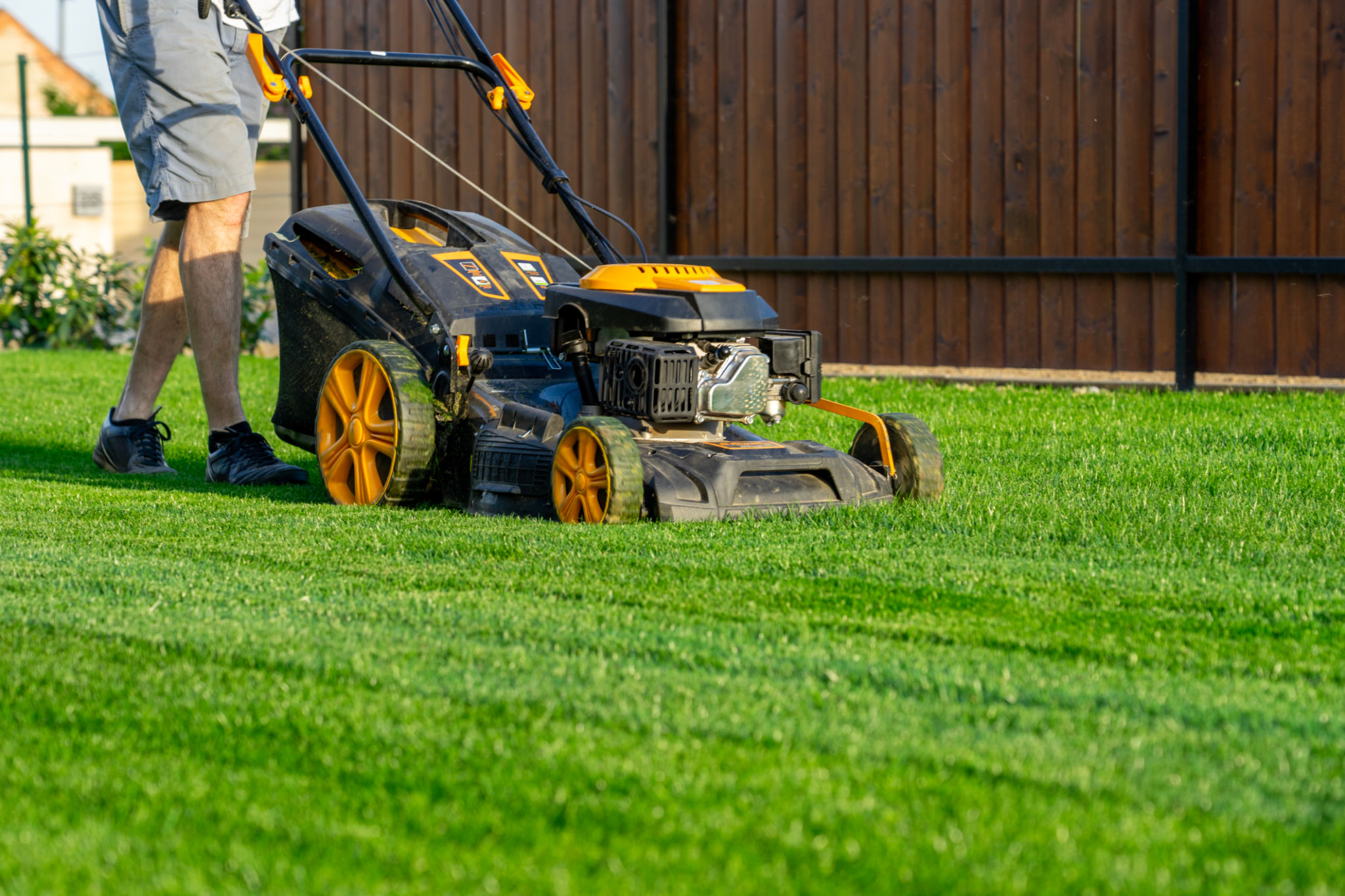Understanding Right of Way Maintenance: What Property Owners Should Know
RM
What is Right of Way Maintenance?
Right of way maintenance is an essential aspect of property management that ensures safe and efficient access to public and private land. The term "right of way" refers to the legal right to pass through a specific route on someone else's property. This route can be used for various purposes, such as roads, railways, or utility lines.
Property owners need to understand their responsibilities regarding these areas, as neglecting right of way maintenance can lead to safety hazards, legal issues, and damage to infrastructure. Proper maintenance involves regular inspections, vegetation control, and structural repairs.

Responsibilities of Property Owners
Property owners have a crucial role in maintaining the right of way areas on their land. This responsibility includes ensuring that these pathways remain accessible and free from obstructions. Failure to maintain these areas can result in fines or legal actions from local authorities.
Here are some key responsibilities for property owners:
- Regularly inspect the area for any potential hazards or obstructions.
- Trim or remove overgrown vegetation that may block visibility or access.
- Repair any damage to infrastructure within the right of way.
Benefits of Regular Maintenance
Regular maintenance of right of way areas offers several benefits that extend beyond compliance with legal requirements. By actively managing these areas, property owners can contribute to improved safety, aesthetics, and property value.

Some of the benefits include:
- Safety: Clear pathways reduce the risk of accidents for vehicles and pedestrians.
- Property Value: Well-maintained areas enhance the overall appearance and value of the property.
- Environmental Impact: Proper vegetation management supports local ecosystems and prevents invasive species growth.
Common Challenges in Right of Way Maintenance
While maintaining right of way areas is beneficial, property owners may face several challenges in executing these tasks. One major challenge is dealing with the diverse range of vegetation that can quickly become overgrown and obstruct pathways.
Additionally, property owners may encounter difficulties in coordinating with local authorities or utility companies when repairs or major maintenance work is necessary. Understanding local regulations and establishing a clear line of communication with relevant parties can help alleviate these issues.
Working with Professionals
For many property owners, partnering with professional maintenance services can be an effective solution for managing right of way responsibilities. These services offer expertise in vegetation control, structural repairs, and compliance with local regulations.

Professional teams can provide regular maintenance schedules tailored to the specific needs of the property, ensuring that all right of way areas are kept in optimal condition throughout the year.
Conclusion
Understanding and managing right of way maintenance is a critical responsibility for property owners. By staying informed about their obligations and investing in regular upkeep, owners can ensure safe access, preserve property value, and avoid potential legal issues.
Whether tackling the tasks independently or hiring professionals, proactive maintenance strategies can make a significant difference in the overall management and appearance of your property.